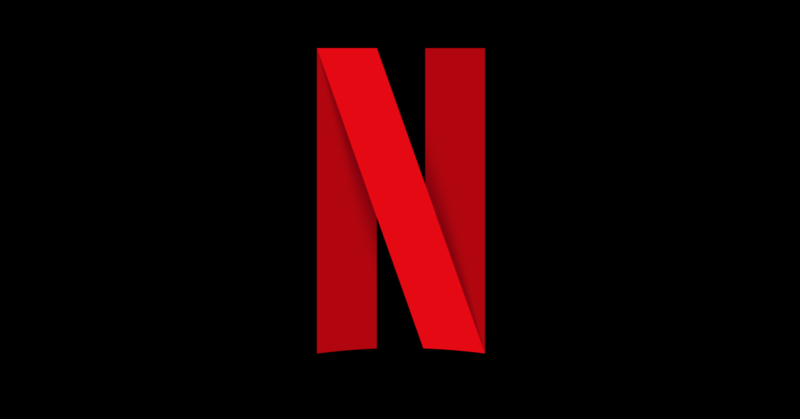“Begun, the streaming wars have.”
Oh look, a Star Wars reference AND a joke that’s already a cliche. I know, I’m sorry.
For those not keeping score at home, the major worldwide players now include Netflix, Amazon Prime Video, Disney+ and Apple TV+. HBO Max, Paramount+ (the upcoming rebrand of CBS All Access, whose naming strategy is a woeful miscalculation in my humble opinion), Peacock, BBC iPlayer and BritBox are some of their “regional” counterparts. Oh, and there was Quibi, but let’s be honest, you hadn’t heard of them even before their eventual demise (but if you had, well done).
It’s a lot, and it isn’t a full list by any means. In this battle royale for the public’s time and attention, these companies want to offer whatever will lure people in, and – most importantly – make them stay. Disney+ is taking full advantage of Disney’s (concerningly many) acquisitions of Pixar, Marvel, Lucasfilm and 20th Century Fox, as well as its own back-catalogue. Amazon Prime Video is largely just a good deal as part of a Prime subscription, though it has its share of popular content too. Netflix, however, is having to really invest in attracting as many various niches as possible for two different (albeit related) reasons. For one, unlike Disney+, Apple TV+ or Prime Video, Netflix is just… Netflix. They’re not a division of a larger conglomerate, so if they lose subscribers, the entire company is in trouble. Second, seeing Netflix’s success, those aforementioned conglomerates want a piece of the streaming pie, so they’re taking back a lot of their content.
What should Netflix do? One of its strategies is international content. To maintain its lead in the streaming space as competition ramps up, it has to establish itself in as many countries as possible, both by a) building audience awareness/trust, and b) forging local production partnerships. It has already done the latter with great success in countries such as Germany, Spain, and South Korea with productions such as Dark, Money Heist, and Kingdom. To achieve the former, they have also curated older local content, which is often limited to just those specific regions. Recently though, Netflix has started making a lot of older Nordic content available here in the UK, including decades-old films. Is there a large demand for Nordic content here in the UK? Perhaps. Non-English content has shown to be popular – the ease of accessibility definitely helps this.
Could it be driven by an aim to provide content for a Scandinavian audience residing in the UK? Possibly. There’s already a wide offering of Korean, Polish and German content, so Netflix is likely looking to attract yet another niche. It’s reasonable to assume this content isn’t particularly expensive to license so it’s a win-win. I am not an economics or business expert, but I’d bet that even if this content ends up being a “loss” by their algorithmic metrics, it will likely be minimal. In the long term, they can point to it to highlight how they “embrace global storytelling”, as well as satisfy every single niche that they can.
This is crucial as their competition grows. Netflix can’t offer the decades-worth of franchises and family classics that Disney+ or even HBO Max can, and as they continue to lose licensed content to these new players, they’ll have to offer an alternative. And while they’ll likely continue to spend billions on new content, hoping to produce something that can capture the zeitgeist like a Game of Thrones or The Mandalorian (which they’re clearly capable of, see Stranger Things), they also have to provide in the “everything else” category. This latest addition of older Scandinavian content might just be another part of that.
Or maybe they should just keep paying to license The Office until the end of time because, apparently, we live in a society where “we’ve got The Office” is how streaming services advertise themselves. True story.
Image: Wikimedia Commons

